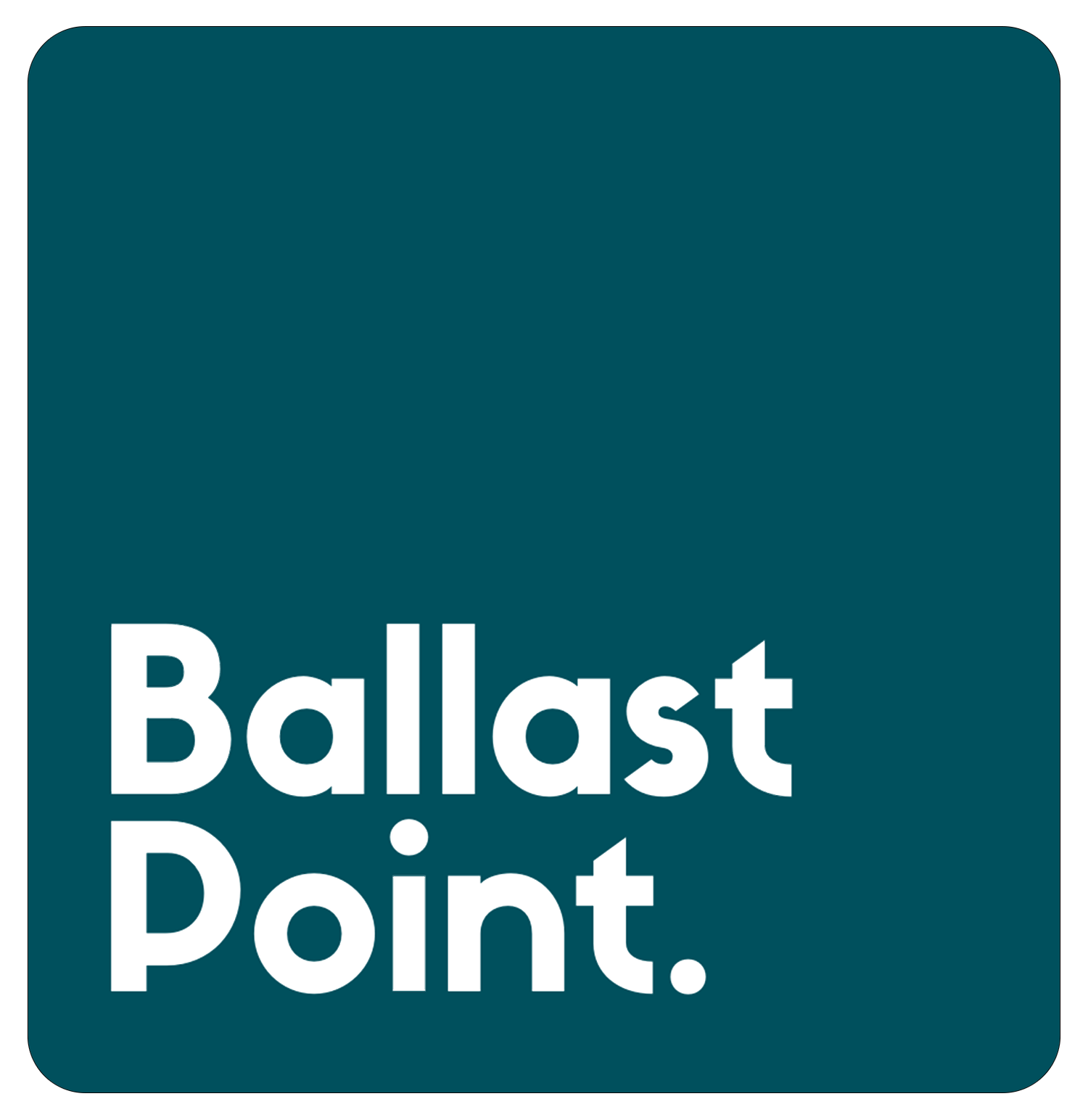The power of collaboration: Why design and build works
When Ballast Point was founded back in 2015, we were purely a contract builder. Over the years, Ballast Point has evolved to become an integrated architectural design and construction company. So, what exactly does that mean? And why does it matter? Traditionally, when people build or renovate their home, they enlist an architect to do the design and a separate building company for construction. Over the years, we found more and more that clients wanted to engage us to do both. We dabbled with working with joint venture projects with architects we know and love on a handful of projects since 2017.
In 2020 in the middle of a Covid slowdown (remember the first time we had a Covid lockdown all those years ago and ran out of toilet rolls?) we decided to ramp up this part of the business and hired our head of architecture, Peter Maxwell. Peter had delivered award winning projects and worked for some exceptional practices, including Andrew Burges Architects and Popov Bass Architects. Hiring Pete was the first step to transforming Ballast Point by integrating an architectural practice and ultimately, a formidable design and build business. In the process, we found the idea of combining design and construction into one entity worked even better than we expected. Our clients loved the fact that we would deal with the project from beginning to end, streamlining communication and improving project efficiency. Since that time, we have expanded our design team to include four architects and designers. Of course, it wasn’t all smooth sailing - plugging the two systems together was a bit tricky - the plugs looked the same but were a bit different. 🙂
The strength of the team is each individual member.
The strength of each member is the team.
The key innovation was providing complete transparency to our clients about our fees and putting them in the driver’s seat when it came to choosing a contract that worked for them. We had a plan to get them to construction and we disclosed our fees up front. Upon completion of the drawings and the estimate we disclosed the budget and offered clients the option of either an open book (cost plus contract) or a fixed price contract (lump sum) the only difference is that the fixed fee contract had an additional fee to cover price escalation risk which we also disclosed.
The things we noticed worked:
People want to buy goods and services from one entity – the main thing people love about an integrated architecture and construction business is that most people are prefer to buy things all in one place. In fact, if you think about it, there is no other instance where customers are forced to get one entity to design a product and then someone else to deliver it – people typically don’t want this, they want someone just to deal with things on their behalf.
Accountability and the architect's dilemma - the architect’s dilemma is where they earn most of their fees before any work is done on site so they are incentivised to do great design and continuation of the design process even if it results in a train wreck down the line. This phenomenon explains why so many home owners suffer price shock upon return of tenders. Our aim from the outset is to get the project to completion and we are committed to making it work. Admittedly, some projects haven’t always worked out in a very challenging Covid/post-covid environment when prices escalated as much as 50% in two years.
If anything goes wrong there is no finger pointing -You know this one too, a mistake is discovered – the builder says they followed the plans so the architect is to blame - the architect in turn points to the builder for getting it wrong. The thing that works well with an integrated architecture and construction business is that if mistakes are made (and we all make mistakes) they are fixed no matter who is to blame. And then this knowledge is carried forward to new projects to understand what happened so we can avoid repeating the mistake. This obviously benefits the client because they don't get caught in the middle of two entities they have independently engaged, each blaming the other. The counterintuitive thing is that this approach benefits the design and build company too – this is because you can skip the first bit (finger pointing) and cut straight to the solution and get it fixed quickly rather than waste time and energy working for whoever is responsible.
It's more efficient – Most companies will have a project manager or project coordinator or project admin as well as the site manager. Sometimes this role is filled by the company owner or by an office admin, accountant or estimator. The benefits of having an architecture and construction team working for the same company are many. Everyone is on the same page, we are all working towards the same goal for our client. As well as only having one set of overheads, the person who is best qualified or able to do something can do it.
Fewer chefs to spoil the broth - documentation is shared, less opportunity for miscommunication and plan conflicts leading to smoother operations within a company where everyone is familiar with the system and files.
Building knowledge can be incorporated into the design process. We’ve found that input from the construction team at early concept stages ensures robust design going through to later stages. One of our builders might pipe up and say: “What’s that thing that’s hanging in the air magically attached to? How are we going to build that?” This also helps with managing costs and details that might get lost along the way if they are not well understood by both the architecture and construction sides. We preempt some of the problems before they get put into the DA. It’s also much easier to get rough cost estimates to test ideas against the budget without needing to engage an external consultant.
Communication is improved: Our construction and architecture teams also know the best way to communicate with each other – from language to the communication platforms they use and are most likely to respond to. They know each other’s strengths and weaknesses. We have found that both sides are invested in preserving the working relationship.
Some problems and risks with Design and Build solutions clients should know about:
Some companies may charge fees and penalties for getting a design done but not building with them - Ballast Point doesn’t do this and it’s not that we’re such amazing altruistic people - it just didn’t make sense to lock clients in, for a start if they knew they were locked in they would be less likely hire us, but it just feels odd to have someone locked in early in a design process without knowing what the design outcomes are. We acknowledge that situations change and respect that there are unforeseen circumstances that may affect a client’s ability to continue.
When you hire a builder and architect separately they can keep each other honest and potentially provide more objective feedback. Having both teams in the one business is definitely a risk - a design and build company can have a perceived incentive to bury mistakes in design and in building and you may be paying for these mistakes without knowing. To counter this notion we have a 100% disclosure policy. We disclose the good, bad and the ugly. In our experience, if something is not right, clients will be able to tell. Our approach is to own up to mistakes and fix them, and in turn clients trust you more than they otherwise would have - it’s only when you try to hide mistakes that real problems arise. Hiding mistakes does not make good business sense in the longer term.
The Design and Build team may not be incentivised to find savings. It is true particularly in an open book (cost plus) contract that savings potentially reduce your margin as a builder. This is a hard one - there is no doubt there is sometimes an incentive to load costs particularly when the margin is a percentage of cost. What is good for business is happy clients and what improves our bottom line is getting things done quickly and efficiently.
It can cost more because you are paying for estimating services, ie: if you put the project out to tender you may save on estimating fees. I have to say that you get what you pay for every day of the week. A tender process is opaque and from first hand experience the prices vary wildly to a point that it is reasonable to conclude that some builders make numbers - then make it work - rather than a proper estimate where you measure, rate and compile subcontractor quotes.
Conflicts of Interest: In a design and build approach, the same company is responsible for both the design and construction phases. This can create conflicts of interest if the company prioritises the construction phase over the design phase, or vice versa.
Cost: While a design and build approach can streamline the process and save time, it may come with a higher price tag. Combining the design and construction phases can lead to additional fees and markups that would not be present in a traditional approach.
If you’d like to know more about how the delivery systems compare, here is a study about design and build contracts that shows how the Design-Build project delivery system compares to other common delivery systems in building construction
Overall, since shifting our business to an integrated architecture and construction process, we have been able to help our clients realise their building and renovation goals. We receive consistently positive feedback about the efficiency of dealing with the one company from the outset. Although we enjoy working on a project from the very beginning, we can accommodate projects at all stages. If you have a project in the pipeline, don’t hesitate to get in touch.


